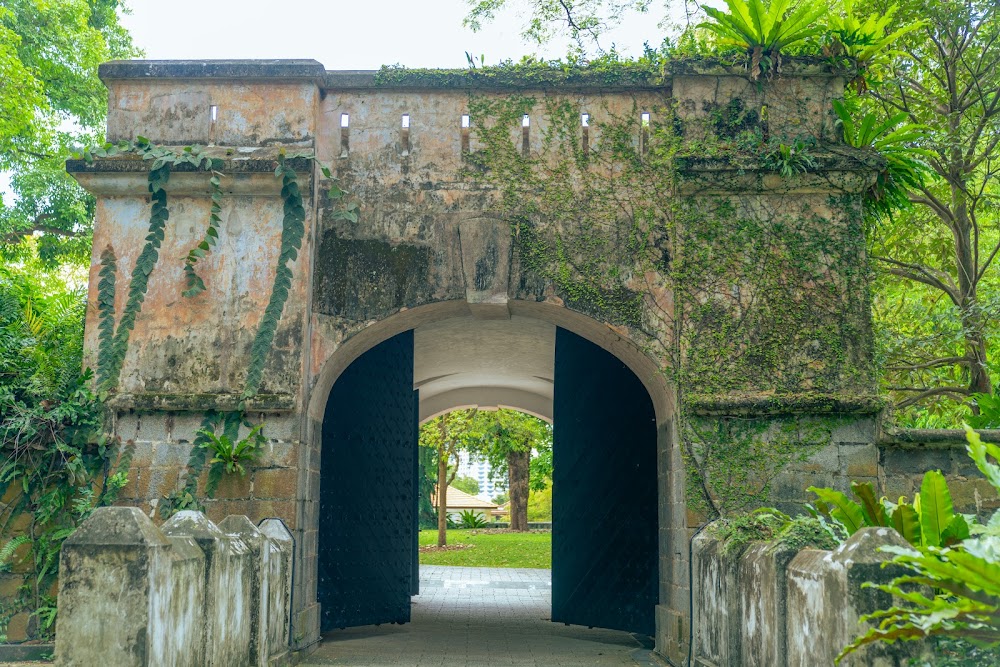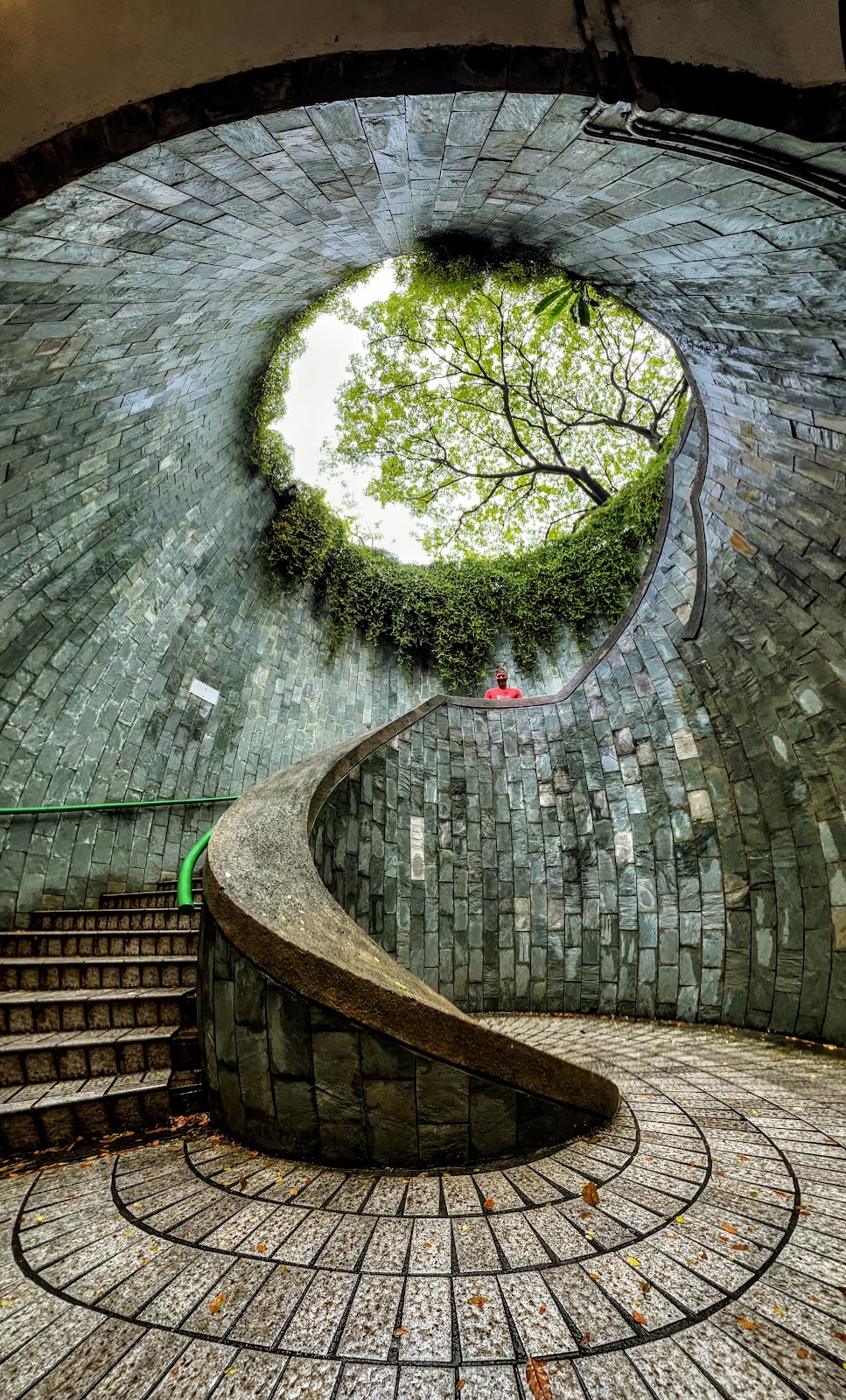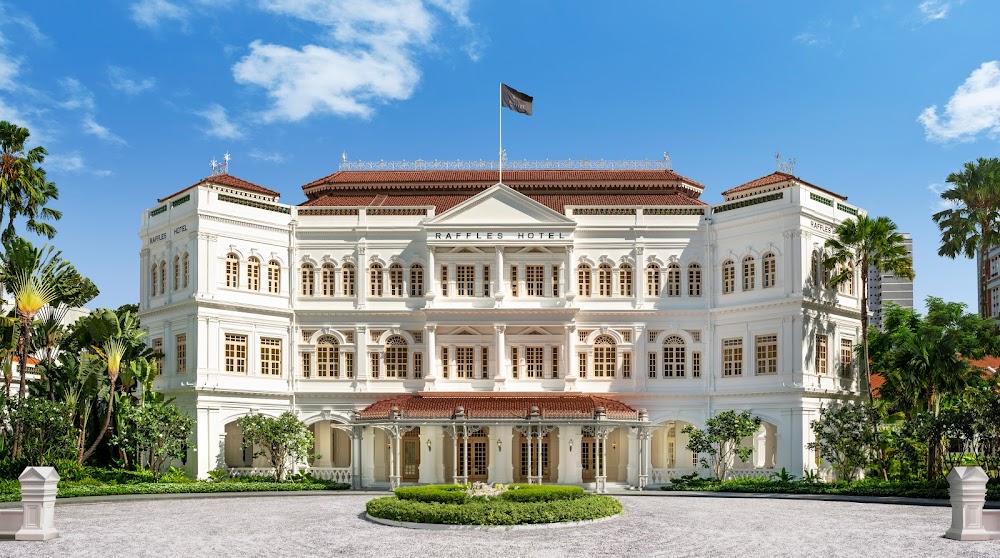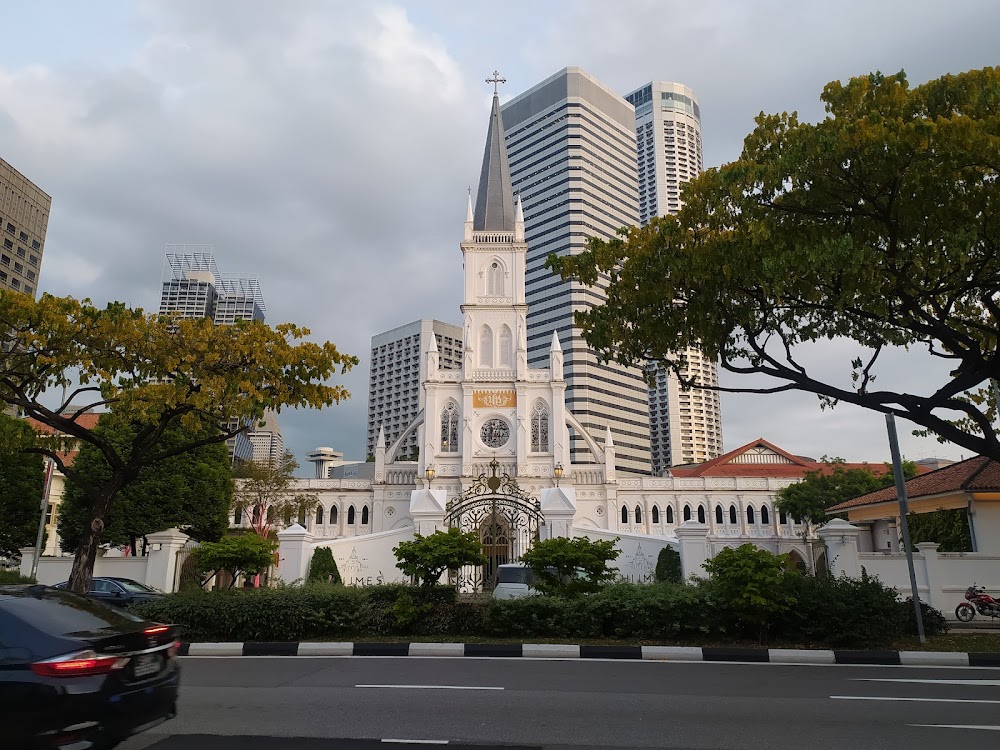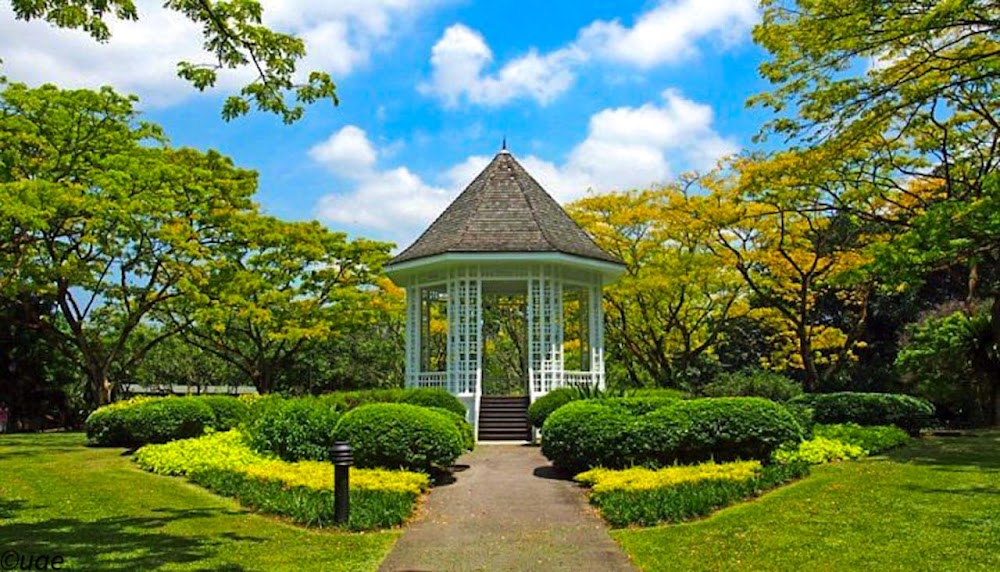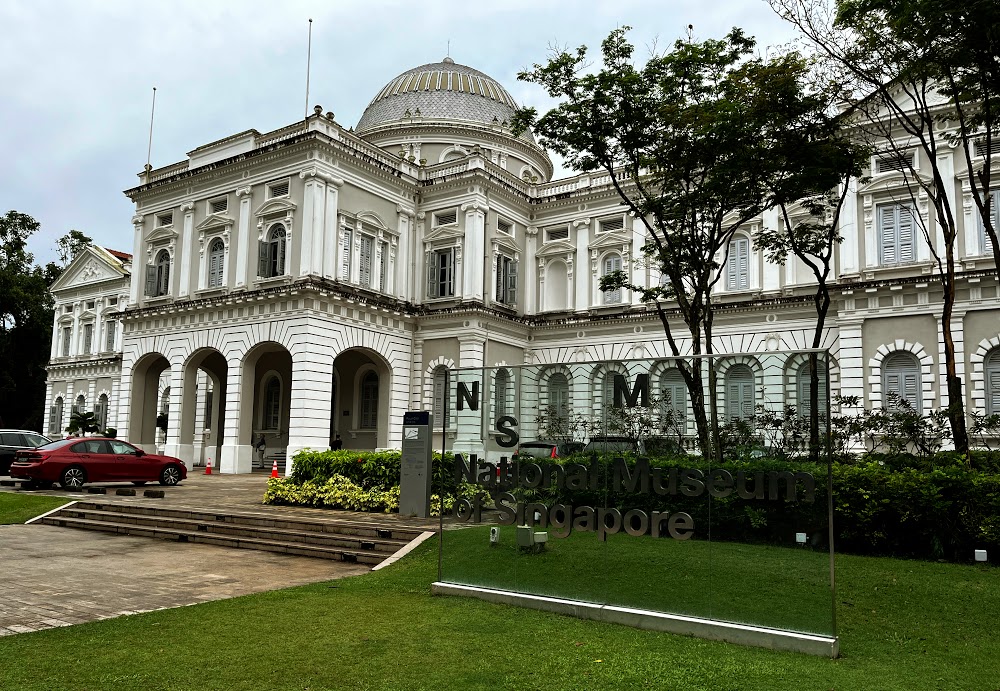Fort Canning Park (福康宁公园)
Overview
Fort Canning Park, nestled in Central Singapore, is a captivating blend of nature, history, and culture. This lush green oasis invites visitors to explore its rich historical significance and diverse recreational offerings, making it a must-visit destination in the heart of the city.
A Historical Landmark
Fort Canning Hill, the site of the park, has been a prominent landmark since Singapore's early days. Originally known as Bukit Larangan, or Forbidden Hill, the Malays believed it was a sacred site for ancient Malay royalty. Archaeological findings indicate that this area has been inhabited since the 14th century, during the time of the Kingdom of Singapura.
During the colonial era, the hill gained further importance. In 1822, Sir Stamford Raffles, the founder of modern Singapore, recognized the strategic and historical significance of the hill and established his residence there. By the late 19th century, the area transformed into a military base, leading to the construction of fortifications to defend the growing port city, which ultimately resulted in the hill being renamed Fort Canning.
The Fort and Its Role in History
Completed in 1861, Fort Canning Fort was equipped with barracks, gunpowder magazines, and artillery pieces. Despite its imposing defenses, the fort saw limited action until World War II, when it became a key Command Center for British forces. Notably, the decision to surrender Singapore to the Japanese in 1942 was made in the Battle Box, an underground bunker complex located on the hill.
After the war, the fort fell into disuse, and the hill’s military significance diminished. Over the years, the area was transformed into a vibrant park that merges its historical roots with recreational and cultural facilities, covering approximately 18 hectares and appealing to both locals and tourists.
Exploring the Park
Visitors to Fort Canning Park can explore numerous historical remnants, including the Fort Gate, Gothic Gates, and traces of old walls. The Spice Garden pays homage to Raffles’ original botanical garden, which was established near his residence on the hill. The park features several trails and paths that guide guests through its lush greenery and historical sites, including the ASEAN Sculpture Garden, which showcases contemporary works by artists from Southeast Asia. Additionally, Singapore's first-ever botanic garden, laid out by Raffles, has been reinstated on its historical 19th-century grounds within the park.
A Hub of Culture and Events
Fort Canning Park also serves as a cultural and events hub, frequently hosting concerts, theatre performances, festivals, and outdoor movie screenings. The At-Sunrice GlobalChef Academy, located within the park, adds a culinary twist to the area's attractions, offering various programs in culinary arts and unique dining experiences.
For nature enthusiasts, the park is a treasure trove of tropical plants, stately raintrees, and diverse wildlife. Recent upgrades have introduced tree-topping trails, interactive exhibits, and 3D models of key historical sites, enhancing the educational experience for visitors.
Family-Friendly Attractions
One of the park's newest highlights is Jubilee Park, a family-friendly area complete with playgrounds, lawns, and water features, making it an ideal spot for families to unwind amidst the hustle and bustle of the city.
In conclusion, Fort Canning Park stands as a testament to Singapore’s rich history, resilience, and heritage. It offers a serene yet engaging retreat for visitors, blending historical exploration with the beauty of nature and vibrant cultural experiences. Whether you're a history buff, nature lover, or simply looking for a peaceful escape, Fort Canning Park has something for everyone.


